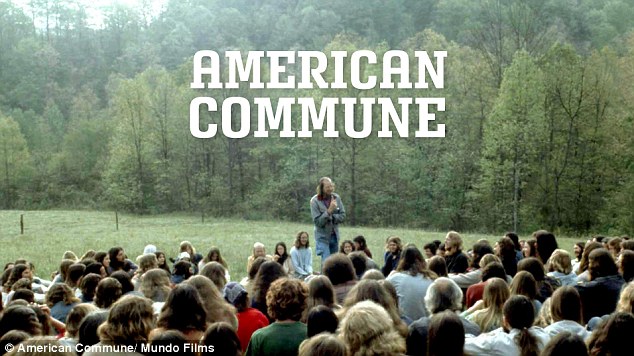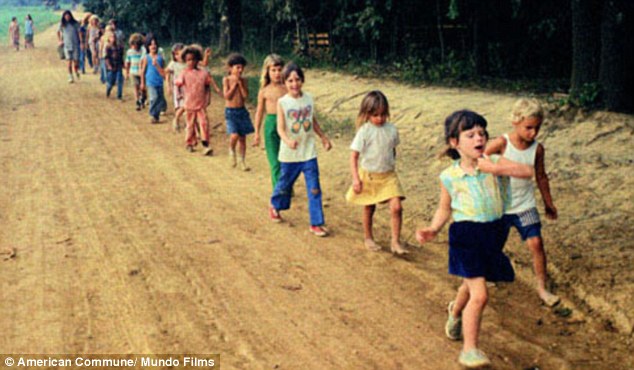Groovy! Oldest Hippie Commune Going Strong
If you thought communes had gone the way of the tie dye shirt, think again. photos at the end of the article
New, non-hippy ones are springing up. The oldest, The Farm—still hippyish and still going strong–is the subject of a new documentary soon to be released.
Filmmaker-sisters Nadine and Rena Mundo were born on The Farm in the 1970s, back when it was on its way to becoming the biggest and arguably the most progressive commune in America. Located in mid-Tennessee, it had, at its peak in the early ’80s, Rena tells ABC News, 1,500 members and attracted such celebrity visitors as Walter Cronkite and Phil Donahue.
The Mundo sisters’ documentary, “American Commune,” scheduled to debut this spring at film festivals, “is the story of this utopian experiment,” says Rena. “It’s also the story of what it was like to be raised that way.” Growing up they knew nothing of perfume, meat, TV, or American pop culture.
Postproduction of the film is being funded in part by a Kickstarter appeal that ends December 2. The website allows people to contribute money to all kinds of independent businesses and projects.
It has not all been smooth sailing for The Farm. In the ’80s it suffered a kind of spasm that the Mundos and Farm spokesperson Douglas Stevenson refer to as “the changeover.”
“Up to then,” says Stevenson, “no one held personal money. It was all pooled.” No one was responsible for their own support. The commune went $400,000 into debt, a financial crisis loomed, tensions rose, and a mass exodus followed.
“A lot’s changed,” says Stevenson. “We still hold the land collectively—1,700 acres. All the houses and community buildings we own collectively. We’re still revolutionary. But everyone is now responsible for their own support.” Membership today stands at about 160 individuals, or 80 households.
It costs about $100 per adult per month to cover expenses, he says. In exchange, members get housing, water, paved roads–seven miles worth—and other benefits. “It’s a hybrid system compared to the old days. We’ve gone from being a commune to a collective.”
About a third of today’s members are second- or third-generation, he says. That’s in part because the Mundo sisters were far from being the only children born there. The Farm was family-friendly and procreation was encouraged. It had (and still does) a Midwifery Center, which originally offered a host of free services to expectant mothers.
In recent years a variety of non-hippie groups have started new experiments in what advocates refer to as “intentional living” situations rather than communes. Some appeal to senior citizens, some to the environmentally-minded. When the New York Times reported on the phenomenon, it quoted the editor of Communities Magazine (bible of the intentional living movement) as saying, “These days you don’t have to live in the boonies, chop wood, walk around nude and pool all your money to live an alternative lifestyle.”



Nadine and Rena Mundo, producers of the documentary American Commune, were born on the Farm and left with their family in the early 1980’s.



